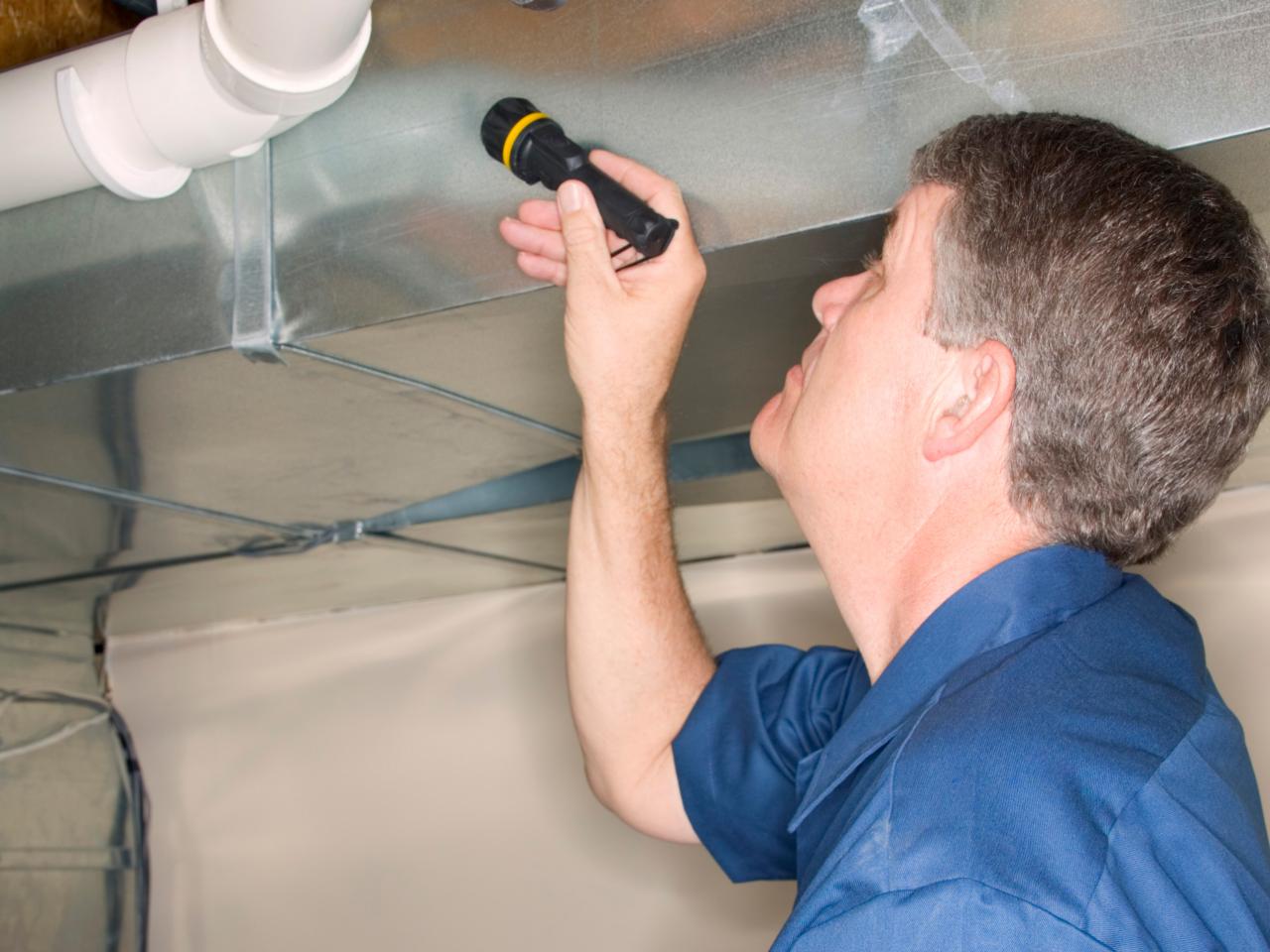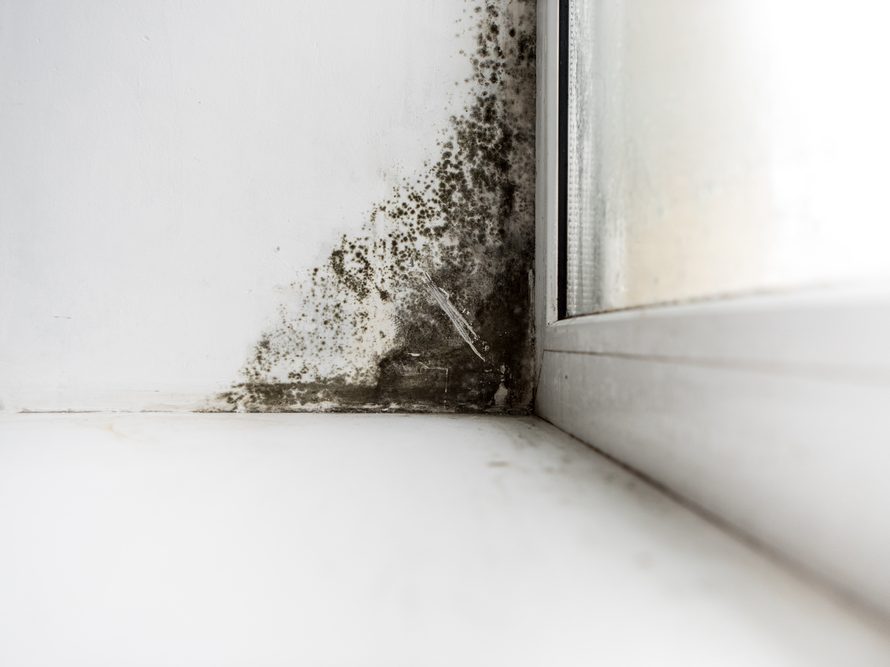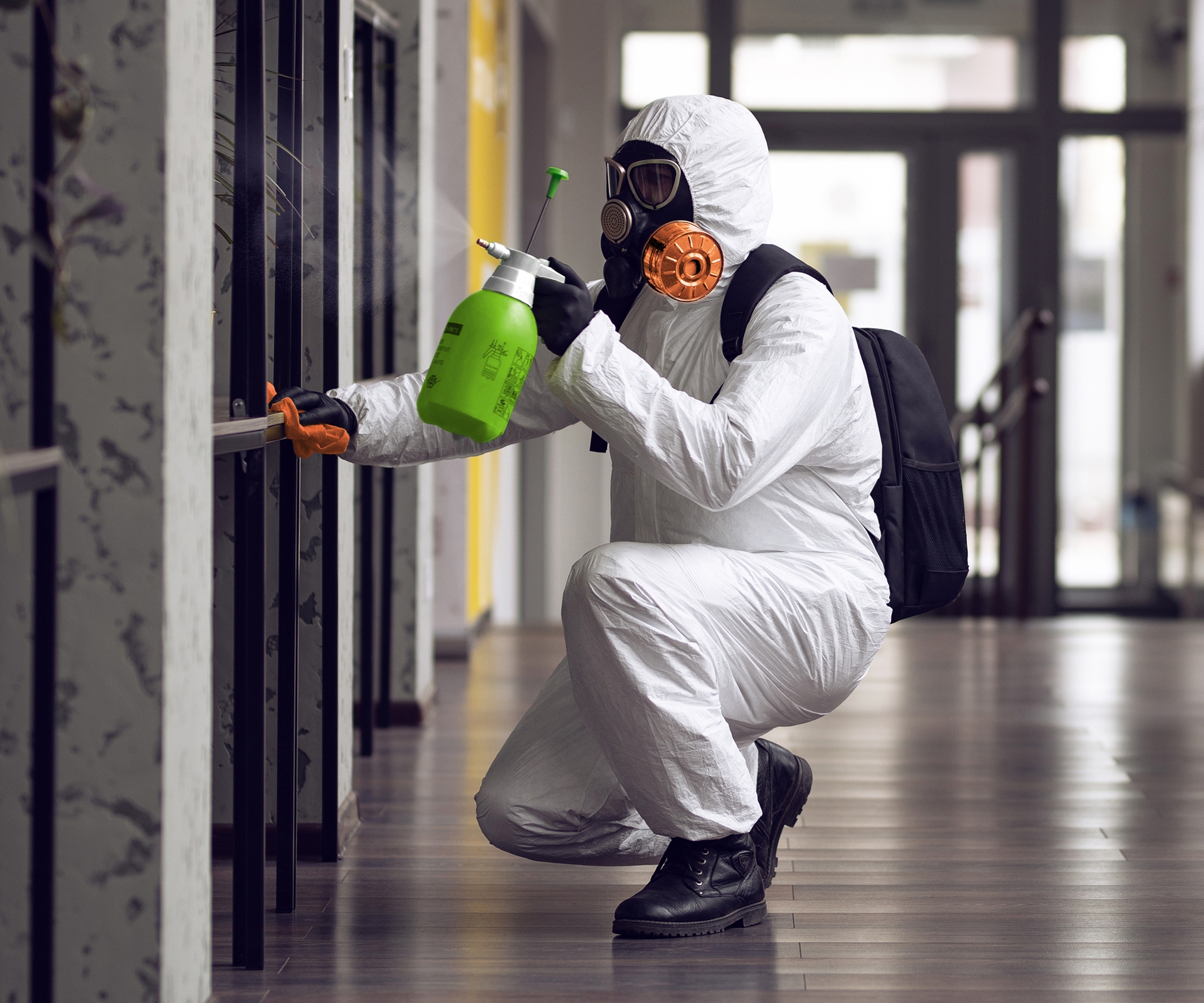After Mold Remediation Methods for Tidy Areas
After Mold Remediation Methods for Tidy Areas
Blog Article
Your Ultimate Overview to Post Mold Remediation Methods
In the after-effects of mold and mildew infestation, knowing how to efficiently get rid of the mold and prevent its reoccurrence is paramount for preserving a healthy and balanced indoor atmosphere. From picking the right cleansing and sanitizing approaches to implementing approaches for long-lasting mold prevention, each action in the remediation trip plays a vital role in making certain an effective end result.
Comprehending Post-Mold Remediation Process
After finishing the mold and mildew removal procedure, it is essential to understand the post-mold remediation techniques that are essential to make sure a efficient and complete cleaning. Once the mold has been eliminated, the next step includes cleansing and decontaminating the influenced locations to avoid any regrowth of mold and mildew. This includes utilizing specialized cleansing agents to clean down surfaces and kill any kind of staying mold and mildew spores. It is necessary to dry the location totally to discourage the growth of mold and mildew in the future (Post Remediation Inspection near me). Correct air flow and dehumidification can help in this procedure.
In addition, carrying out a last examination post-remediation is important to ensure that all mold has been effectively gotten rid of. If the examination reveals any kind of remaining mold and mildew, extra remediation might be essential.
Effective Cleansing and Sanitizing Techniques

Protecting Against Future Mold Development

Importance of Proper Air Flow
Appropriate air flow plays a critical function in stopping wetness accumulation, an essential aspect in mold development within interior settings. Efficient air flow systems help get rid of excess moisture from the air, lowering the opportunities of mold and mildew spores locating the dampness they require to sprout and spread. Without appropriate ventilation, indoor spaces can end up being a reproduction ground for mold, causing potential health dangers and architectural damages.
By making sure correct air circulation, ventilation systems can additionally help in drying damp areas faster after water damage or flooding incidents, better discouraging mold and mildew development. what to do after mold remediation. In spaces like restrooms, cooking areas, attics, and basements where dampness degrees have a tendency to be higher, mounting and keeping effective ventilation systems is crucial in stopping mold invasions

Monitoring and Upkeep Tips
Offered the crucial role that proper ventilation plays in protecting against mold and mildew development, it original site is crucial to develop reliable monitoring and maintenance tips to ensure the continued functionality of air flow systems. Routine assessments of ventilation systems should be carried out to examine for any signs of obstructions, leaks, or breakdowns that could impede appropriate airflow. Surveillance humidity levels within the property is likewise essential, as high moisture can add to mold growth. Setting up a hygrometer can assist track humidity levels and alert homeowners to any kind of spikes that might call for interest. In addition, making sure that air filters are routinely cleansed or replaced is essential for preserving the performance of the ventilation system. Executing a routine for regular upkeep tasks, such as air duct cleaning and heating and cooling system inspections, can assist stop issues prior to they rise. By staying attentive and positive to the condition of ventilation systems, homeowner can successfully mitigate the danger of mold regrowth and preserve a healthy and balanced interior environment.
Final Thought
In verdict, post-mold removal techniques are vital for ensuring a risk-free and clean setting. Comprehending the process, carrying out efficient cleaning and disinfecting techniques, avoiding future mold growth, maintaining appropriate air flow, and routine monitoring are all crucial action in the removal process. By complying with these guidelines, you can successfully get rid of mold and mildew and prevent its return, functioning or advertising a healthy and balanced living space for all owners.
In the consequences of mold and mildew invasion, knowing just how to successfully get rid of the mold and avoid its reoccurrence is critical for maintaining a healthy and balanced indoor environment. Once the mold has actually been gotten rid of, the following step involves cleaning and decontaminating the impacted areas to stop any regrowth of mold - After useful content mold remediation. After getting rid of visible mold development, it is essential to cleanse all surfaces in the affected location to get rid of any type of remaining mold and mildew spores. To additionally boost mold prevention procedures, it is crucial to address underlying issues that at first led to mold development.Offered the essential role that proper ventilation plays in avoiding mold and mildew development, it is imperative to develop reliable tracking and maintenance suggestions to guarantee the ongoing performance of ventilation systems
Report this page